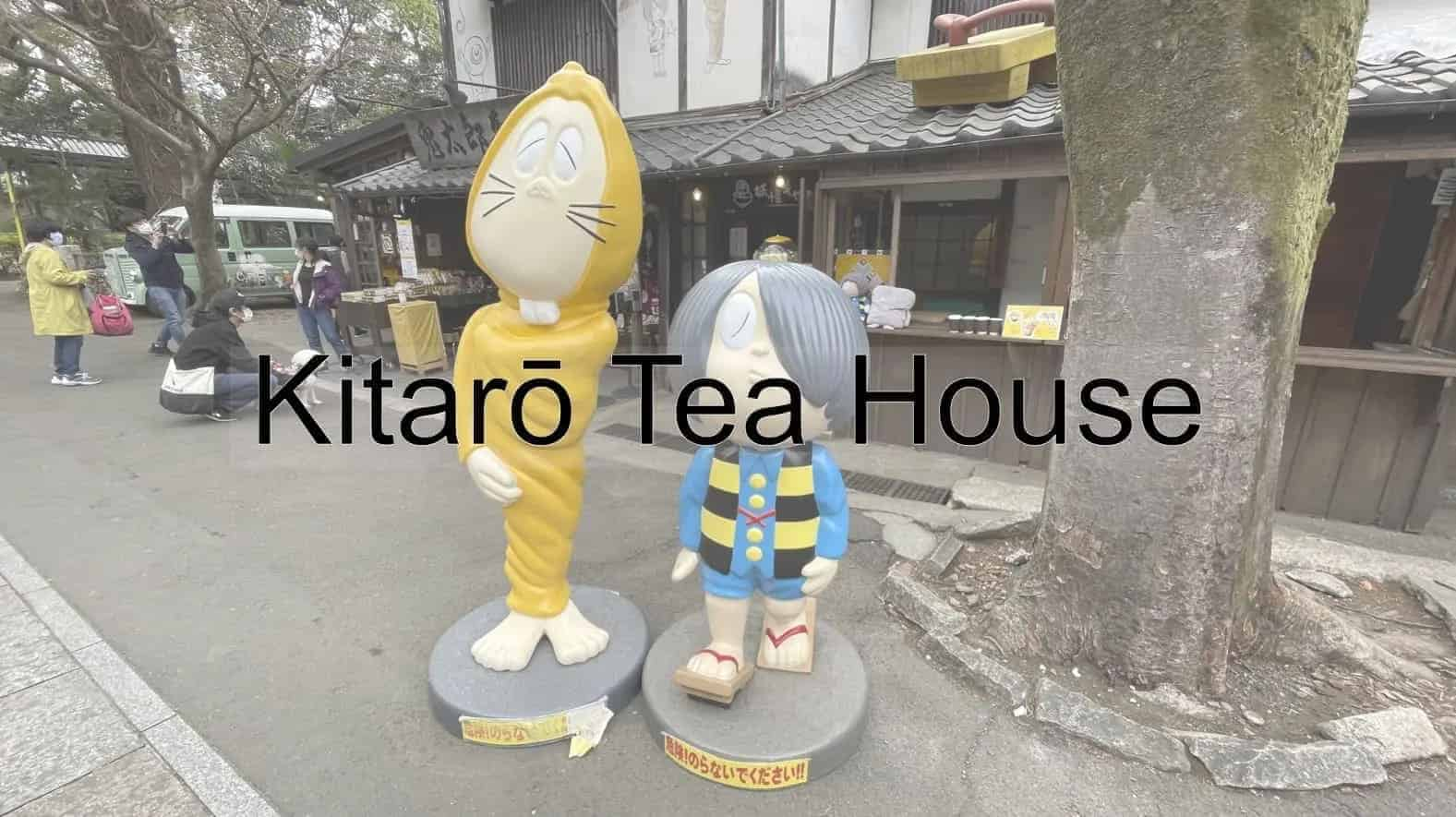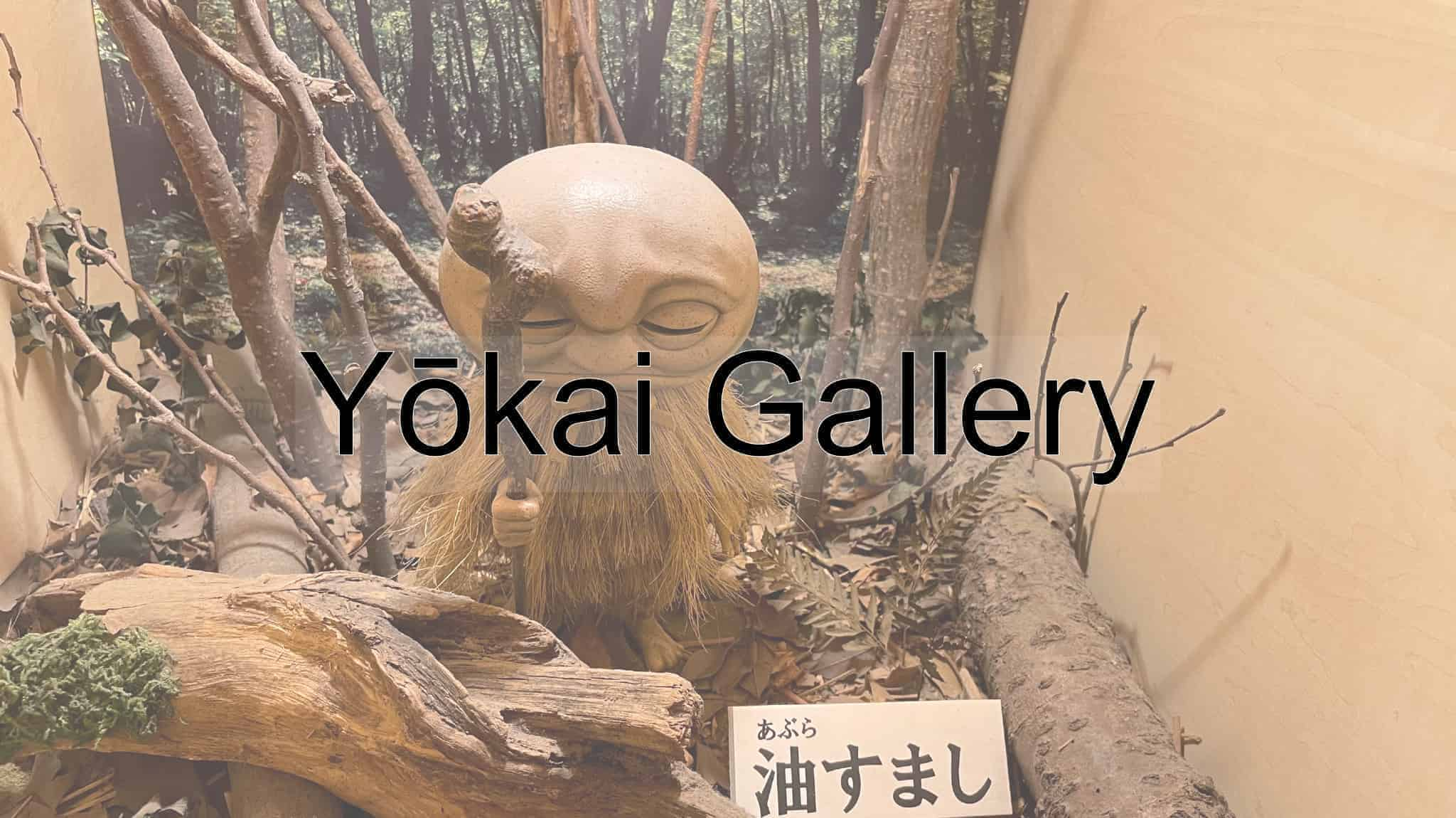Tokyo Metropolis
Tokyo was originally part of 武蔵国 (musashi-no-kuni) and was known as 江戸 (edo). In 1603, Tokugawa Ieyasu—the founder of Japan's first shogunate (military government)—ushered in over 200 years of peace, known as the Edo period (1603–1868). During this era, Japan’s political center moved from Kyoto Prefecture, the former capital, to Edo. In 1868, Edo became the capital, and on July 17th of the same year, it was officially renamed Tokyo. Written in Japanese as 東京都 (tokyo-to), the name combines 東 (higashi), meaning “east”, and 京都 (kyoto), referencing the old capital. Thus, Tokyo is the “Kyoto of the East”.
In Tokyo, one will find areas like Ginza in the Chūō ward, where the streets are lined with shops selling the newest and hippest brands. In contrast, there are many Buddhist temples and Shintō shrines, such as Nezu Shrine in the Bunkyō ward, that are tranquil enough to make one feel as if they're in the countryside. From traditional Japanese crafts to the latest fashionable products, one can find any item they’re looking for here. There are also a seemingly endless number of restaurants and cafés. Many offer a variety of Japanese foods from across the country. Tokyo is a city like no other, where the traditional and modern elements of Japan come together.
Many famous Japanese foods originated here. One such dish is もんじゃ焼き (monja-yaki), first said to be made at the end of the Edo period in an area called 下町 (shita-machi—an area with many merchants and artisans). Originally a snack for children, soup stock was mixed with uncooked batter and poured onto a hot plate. While it cooked, kids would practice writing various characters in the mixture. Once done, the dish was eaten directly off the hot plate. It was initially called 文字焼き (monji-yaki); 文字 (monji or moji) means ‘characters', referring to the practice children had while cooking.
Another well-known Tokyo food is 鯛焼き (taiyaki), which was created in 1909. Taiyaki is a type of 和菓子 (wagashi—traditional Japanese confectionery) shaped like a sea bream (fish) and filled with 餡子 (anko), a sweet paste made from 小豆 (azuki) beans. One may also find taiyaki with custard and other fillings inside it. Both monja-yaki and taiyaki are now popular in many prefectures across Japan. Tokyo, of course, is known for many other delicious foods one will want to try again and again.
Japan is well-known for its traditional handicrafts. These items, made by hand, each have their own history. There are several theories about where (exactly) this one originated, but one famous example from Tokyo is the 招き猫 (maneki-neko). Known as the "beckoning cat”, this symbol of good fortune is believed to have possibly originated at either Gotokuji Temple in the Setagaya Ward or Imado Shrine in the Taitō Ward. The maneki-neko is typically placed near the cash register in shops or restaurants to attract customers and/or increase revenue. Nowadays, this handicraft can be found throughout Japan and has certainly become an essential item for business owners.
Occasionally, foreign films are shot here; one such example is “Lost in Translation”. In this movie, Scarlett Johansson's character is seen crossing the Shibuya crosswalk outside Shibuya Station. Because of this film, this crosswalk (in the Shibuya ward) gained worldwide fame. It has since become a popular spot for foreign tourists, many of whom visit to take photos and videos.
Many who visit Japan make a stop in Tokyo. Often portrayed as a bustling metropolis brimming with people, the city also offers many quiet areas. Even those who aren’t fond of big cities can enjoy themselves here. From sightseeing and shopping to amazing food, there is so much to experience. Tokyo truly has something for everyone and is a must-visit when in Japan.
1/2








